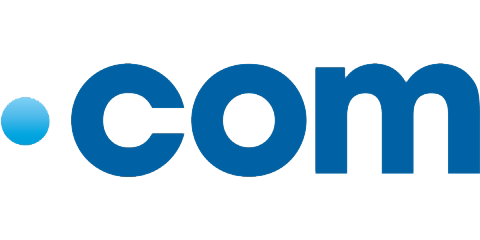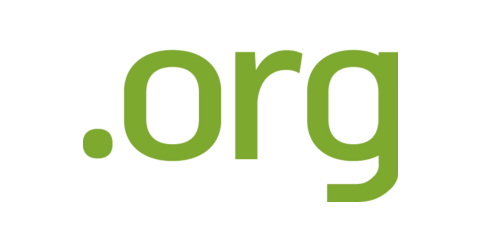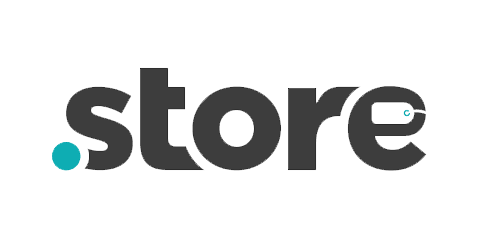
Top Level Domain
Top Level Domains (TLDs): The Foundation of the Internet
What is a TLD? A Top Level Domain (TLD) is the final part of a domain name, appearing after the last dot. It's essentially the suffix that categorizes a website. For instance, in "example.com", ".com" is the TLD.
Generic Top Level Domains (gTLDs): - These are the most common and widely used TLDs, representing generic categories. Examples include .com (commercial), .net (network), .org (organization), .info (information), and many more.
Country Code Top Level Domains (ccTLDs): - These TLDs represent specific countries. For instance, .uk for the United Kingdom, .in for India, .fr for France, and so on
Sponsored Top Level Domains (sTLDs): - These TLDs are sponsored by specific organizations or industries. Examples include .edu (education), .gov (government), .mil (military).
Importance of TLDs - TLDs serve several crucial purposes:
Organization: They help organize the vast expanse of the internet, making it easier to find specific websites.
Identification: They provide initial clues about the nature of a website. For example, .edu suggests an educational institution.
Branding: Choosing the right TLD can impact a website's brand image and perception.
SEO: While not a direct ranking factor, the right TLD can indirectly influence SEO by targeting specific audiences.
Choosing the Right TLD - Selecting the appropriate TLD depends on various factors:
Nature of your website: A commercial website might lean towards .com, while a non-profit would consider .org.
Target audience: Country-specific TLDs can help reach a local audience.
Brand image: Some TLDs convey specific impressions.
Availability: The desired domain name might not be available in all TLDs.
The Future of TLDs
With the increasing number of websites, the demand for unique domain names is growing. To accommodate this, new TLDs are being introduced regularly. This expansion offers more choices but also makes it more challenging to find the perfect domain.
Conclusion
TLDs are fundamental to the internet's structure and functionality. Understanding their role is crucial for building a strong online presence. By carefully selecting the right TLD, you can enhance your website's visibility, credibility, and overall impact.









